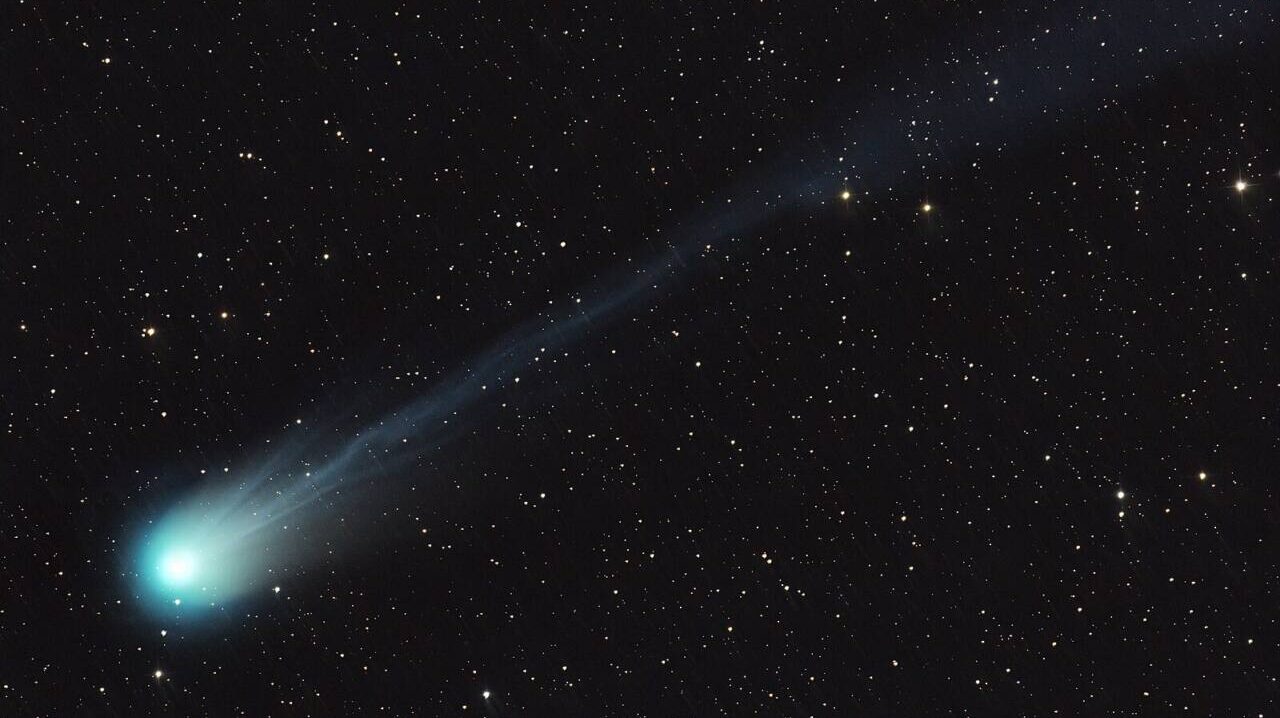
Skywatchers have an exciting opportunity in store for them this spring of 2024. While many have been eagerly anticipating the total solar eclipse on April 8, another celestial event is already making waves in the night sky. The 12P/Pons-Brooks Comet, known for its periodic flare-ups, has been visible to amateur astronomers throughout March, with its closest fly-by expected between April 21 and April 24.
Currently best observed in the constellation Pisces during the early evening hours with binoculars or a telescope, the 12P/Pons-Brooks Comet has been dazzling sky gazers with its green hue. Photos captured by talented photographers, like Aleix Roig, have been circulating on social media, showcasing the comet’s impressive display.
Nicknamed the “devil’s comet” due to a previous flare-up that resembled devil’s horns, this rare comet only graces Earth with its presence once every 71 years. Discovered in 1812 by French astronomer Jean-Lous Pons and later documented by American astronomer William Brooks in 1883, the comet was named Pons-Brooks to honor both men.
The Pons-Brooks Comet, classified as a cold-volcano comet, has been erupting periodically, allowing viewers on Earth a glimpse of its spectacular show well before its closest approach to the sun in April. Sky-watchers have been able to capture the comet’s activity through telescopes, creating stunning images like the ones shared by AstroBackyard on social media.
For those eager to catch a glimpse of the comet before its peak viewing period in April, it is currently visible near the western horizon with the aid of a telescope or binoculars. As the comet continues to brighten, it may even be visible to the naked eye from dark locations, according to Elizabeth Warner, director of the University of Maryland Astronomy Observatory.
Residents in the northern hemisphere can continue to observe the Pons-Brooks Comet until May, while those in the southern hemisphere will have a limited window of visibility before it disappears until 2095. To maximize your chances of spotting this rare celestial event, find a location with minimal light pollution and enjoy the breathtaking sight of the 12P/Pons-Brooks Comet in the night sky.

